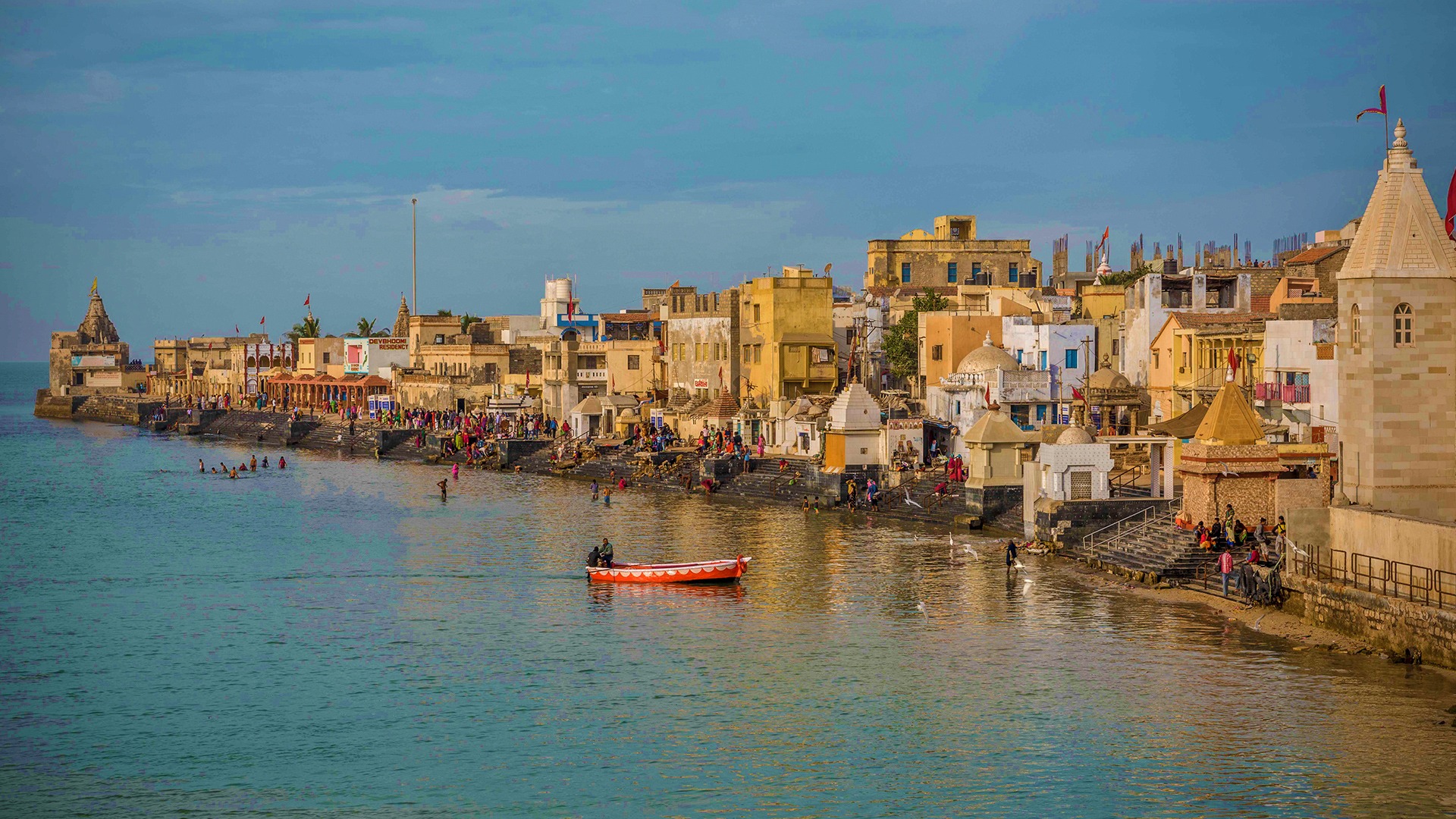
Gir National Park
Sasan Gir
Sasan Gir in Gujarat is the sole sanctuary for the majestic Asiatic lion (Panthera leo persica) outside of Africa. This conservation success story is rooted in the history of the region. By the end of the 19th century, the Asiatic lion population had dwindled to just a dozen due to excessive hunting by British colonials and Indian rulers. The Nawab of Junagadh, within whose hunting grounds the remaining lions were concentrated, took note of this drastic decline and established a sanctuary to protect them. In 1965, the Government of India officially declared the area a wildlife sanctuary and national park, ensuring the long-term survival of this endangered species. As of the 2020 census, the population of Asiatic lions in the Gir forest region has increased to 674.
The Gir ecosystem is a diverse landscape of dry deciduous forest, with rivers, rocky hills, and grasslands. The park's main rivers, including the Hiran, Shetrunji, and Machhundri, are vital lifelines for its inhabitants, with the Kamleshwar Dam on the Hiran River serving as a key water source and a prime spot for crocodile and bird sightings. Beyond the Asiatic lion, the park is home to a rich variety of fauna, including the Indian leopard, striped hyena, golden jackal, and a diverse range of herbivores like the chital, sambar, and nilgai. The park is also a birdwatcher's paradise, with over 300 species of birds, including various vultures, eagles, and owls.
History and Conservation
Established in 1965, Gir National Park and Wildlife Sanctuary covers a total area of 1,412 sq. km, with a core national park area of 258 sq. km. The conservation efforts began in the early 20th century when the lion population dwindled to just a few dozen due to excessive hunting. The Nawab of Junagadh and later the Indian government took a strong stand to protect these majestic animals, leading to a remarkable recovery in their numbers. According to a 2020 census, the Asiatic lion population in the Gir forest region has increased to 674.
Flora and Fauna
The park's ecosystem is characterized by dry deciduous forests, grasslands, and scrublands, providing a perfect habitat for its diverse wildlife. The flora includes teak, flame of the forest (dhak), jamun, and banyan trees.
Beyond the iconic Asiatic lion, Gir is home to a wide range of other animals. Visitors can spot leopards, wild boars, spotted deer (chital), sambar, nilgai (blue bull), and various species of antelopes like the four-horned antelope and chinkara. The park is also a paradise for bird watchers, with over 300 species of birds, including the Indian eagle-owl and the crested serpent-eagle. The Kamleshwar Dam within the park is known for its marsh crocodiles.
Tourism and Safari
Tourism is a major part of the Sasan Gir experience, with a jeep safari being the most popular activity. The safaris are conducted in open-top gypsies and are led by trained eco-guides. There are 13 designated safari routes, and the chances of spotting a lion are high. It's recommended to book your safari online in advance through the official Gujarat Forest Department website, as permits are limited.
There are two main options for wildlife viewing:
Gir Jungle Trail: This is the primary safari experience inside the main national park, offering a chance to see lions in their wild habitat.
Devalia Safari Park (Gir Interpretation Zone): This is a fenced-off area designed to give visitors a guaranteed sighting of the Asiatic lion in a naturalistic, yet controlled, environment. It's a great alternative if you miss the main jungle safari or are short on time.
The best time to visit Sasan Gir is during the winter months, from October to March, when the weather is pleasant. The park remains closed during the monsoon season, from mid-June to mid-October.

Contact
Get in touch for your travel needs.
© 2025. All rights reserved.
